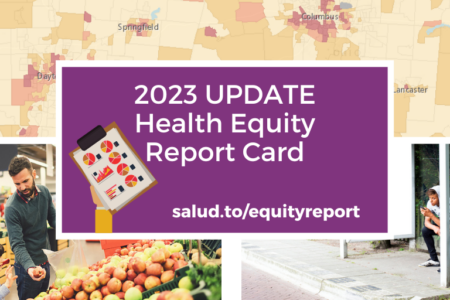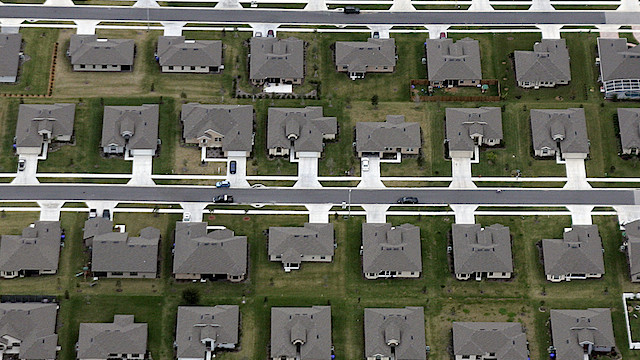
Share On Social!
Throughout the modern era, single-family zoning and redlining practices institutionalized economic as well as racial segregation in America.
Although redlining is now illegal, single-family zoning—which still occurs to this day—reinforces both racial and economic segregation. Moreover, it contributes to the racial wealth gap seen across the country.
“The practice of zoning most residential land exclusively for single-family detached homes is a major cause of affordable housing shortages and long commute times,” Eric Kober, an adjunct fellow at the Manhattan Institute and former director of housing, economic, and infrastructure planning at the New York City Department of City Planning, writes in a recent CNN Business editorial. “In expensive cities, this policy makes it impossible for housing supply to respond effectively to shortages.
“Single-family zoning creates nice neighborhoods for those who can afford them. But it often excludes many others. In fact, the origins of single-family zoning lie in efforts to keep people from buying homes based on their race or socioeconomic standing.”
When Did Single-Family Zones Start and Why?
Historically, single-family zoning was the first of many discriminatory policies used to segregate communities. Minimum lot sizes and home sizes and various other requirements baked into zoning policy ensured that only wealthy residents could afford these homes.
Also, federally backed mortgages that were made available for only white families—also known as redlining—prevented home sales to non-whites. This cut off needed economic investment in minority neighborhoods.
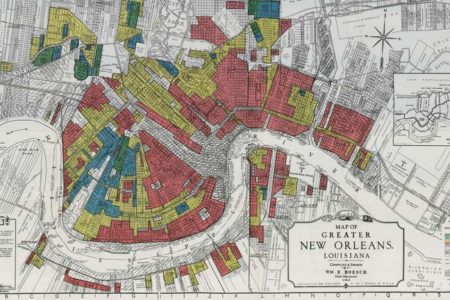
This practice corralled African Americans, Latinos, and some ethnic white residents in more impoverished areas.
These policies went on to produce intergenerational inequities by blocking community-building opportunities, such as financial development, access to proper education, government-financed homeownership, and numerous other chances to build wealth.
Today, it is illegal to make anything other than detached single-family homes on 75% of residential land in many American cities.
Outlawing any other use on residential land is a form of subsidy, which is particularly problematic because most residents can’t afford these homes, according to Kober.
He goes on to note that this means cities with single-family zoning are subsidizing housing—often sprawling housing—for the wealthy, creating expensive and expansive cities.
That’s why leaders across the country are pushing to end the single-family zoning practice.
States Eliminating Single-Family Zones
In August 2019, Oregon became the first state to ban single-family zoning.
State leaders passed a bill that would allow duplexes on land zoned for single-family housing in cities with more than 10,000 residents, which is referred to as upzoning.
Lawmakers believe this will have wide-reaching impacts, according to Oregon’s House Speaker, Tina Kotek.
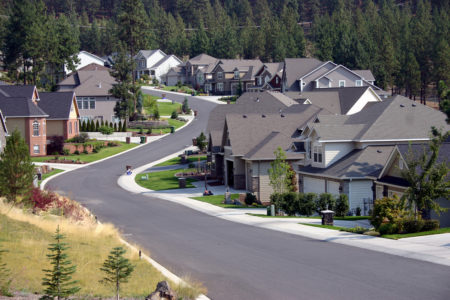
“The sooner cities are able to implement these changes, the sooner we will see those benefits to address both the housing crisis and the climate crisis,” Kotek told Willamette Week.
In April 2019, Seattle passed an upzoning law that impacted 27 neighborhoods and 6% of single-family blocks.
“Planning for growth means sharing space to make room for everyone who wants to find their place in Seattle,” said Seattle Councilmember Rob Johnson, according to the Seattle Times.
These initiatives, as well as others in Minneapolis, California, and many more, show that many cities and states are moving toward a future that limits the influence single-family zoning has on communities.
“For too long, we’ve let the status quo continue,” Austin City Council Member Greg Casar told the Austin American Statesman. “This has increased housing prices, pushed people out of their homes without options, hurt our environment, and damaged the success of public transportation. The City Council has asked for a new code that pushes back against gentrifying forces and exclusionary zoning, focusing instead on social equity and environmental protection. Over the next few months, we finally have a chance to change the status quo for the better, together.”
Ending Single-Family Zoning Can Ease Housing Crises
Single-family zoning is an exclusionary exercise because it neglects people who can’t afford a detached home, thus cementing racial and economic segregation.
“Changing the so-called character of single-family neighborhoods has become a sacred cow,” said California state Sen. Nancy Skinner told the Los Angeles Times. “But the fact is the dominance of single-family zoning is a primary reason why California has failed to build enough housing. Allowing homeowners to add [accessory dwelling units] is one step to open up single-family zoning and help us build the housing we need.”
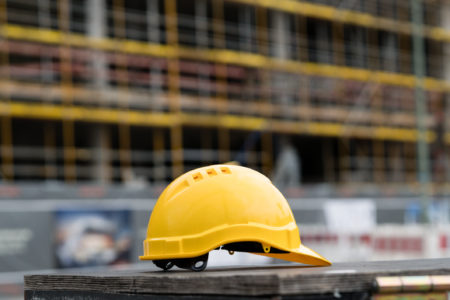
Modest increases in density in the nation’s single-family neighborhoods could create millions of new homes.
“Across 17 metro areas analyzed, allowing 10% of single-family lots to house two units instead of one could yield almost 3.3 million additional housing units to the existing housing stock,” according to a Zillow analysis.
Four city council members in Berkeley, California, are pushing the city to study and report on the “missing middle” housing with hopes that it leads to zoning changes allowing for duplexes and townhouses on single-family lots.
“It’s a request to inform future decisions that we may or may not make,” Berkeley Council Member Lori Droste said, according to the Bay City Beacon.
“We are looking at where we can add more homes in an area where land is very scarce. This division of existing housing into multiple units would directly address the housing shortage and longstanding vestiges of racial and economic separation. We want planning to look at legalizing smaller, multifamily housing, which benefits students, low-income residents, and residents of color.”
See How Major Cities Are Trying to Ease Housing Crises
Check out these stories about how cities and programs are finding unique ways to boost affordable housing for Latino and all people:
- Significant steps toward Affordable housing in Austin, Texas
- Colorado City Could Mandate More Affordable Housing
- How Dallas Is Using a Land Bank Program to Drive Affordable Housing
- The Outside-the-Box Fix for Denver’s Affordable Housing Crisis
- San Antonio’s Daring New Policies for Affordable housing
- The Epic Revitalization of a Latino Neighborhood from Housing to Social Change
- Transforming Old Buildings into New Affordable Housing
Learn more about the link between health and housing among Latinos by following our work on healthy communities and houses.
Explore More:
HousingBy The Numbers
56.9
percent
of Latinos are "housing cost burdened"


